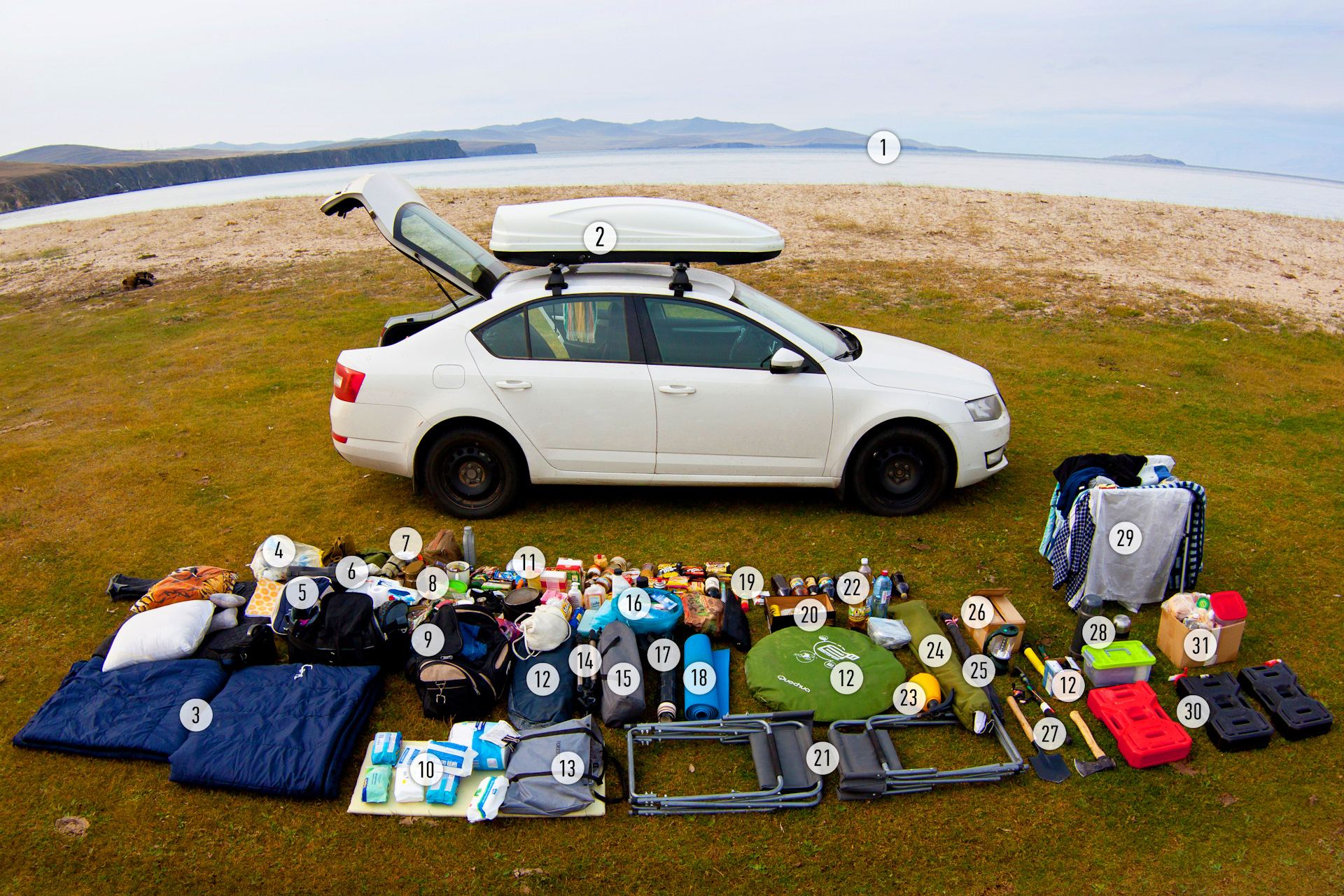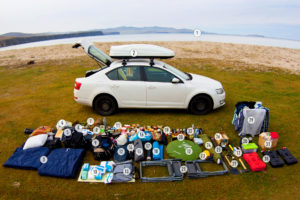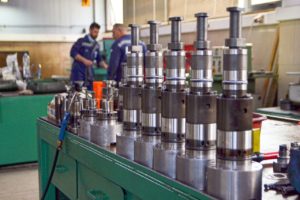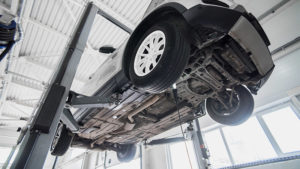Choosing a car in the secondary market: what you need to know
Buying a car is an extremely responsible business, especially in the secondary market. It is highly likely that the car aftermarketwheels.sale you like was in an accident, or even more than one. And it’s good if everything worked out with a shuffled wing, and not something serious.
Body
The most obvious signs of a poor-quality repair are parts that differ in color or gloss level and uneven gaps between them. It is worth paying attention to lighting equipment — whether the headlights are the same. If one is cloudy and the other is not, then this is a clear reason to be wary. You can do the same with tires. Negligent sellers rarely bother to assemble the same set if one of the wheels was damaged. You can find more information about the signs of a broken car in our material .
Choosing a car in the secondary market: what you need to know
Mileage
Is the body ok? Now let’s look at the honesty of the seller, or rather, the real mileage of the car. The science of determining twisted odometer readings is not at all accurate, but a few signs can still be distinguished. If the car has a digital odometer, then real mileage data can be stored in one of the control units. This will show diagnostics. Well, if the device is a drum, then you have to resort to old-fashioned methods. About them in our material .
Choosing a car in the secondary market: what you need to know
under the hood
If you are satisfied with the body and there are no complaints about the odometer readings, then it’s time to look under the hood and assess the condition of the engine, and then look at the gearbox.
The easiest way to make sure that the engine is viable is to have it diagnosed by professionals , but it’s expensive to bring every car you like to them. Therefore, at first, you can try to make sure that there are no obvious problems. Look for traces of oil and liquid leakage at the joints of parts, unscrew the oil plug and look at its reverse side — there should not be any white traces and emulsion here.
Choosing a car in the secondary market: what you need to know
Start the engine. Extraneous noise in the cold is not good. Notice the smoke. Gray or bluish smoke from the pipe will tell you about the need to replace the valve stem seals, white — to replace the motor gaskets. We talked about other signs of a motor surviving its last days in our material .
Transmission
If the signs of a dead engine do not depend much on its design, then things are somewhat different with gearboxes. When choosing a car with a manual transmission and a CVT, for example, the set of symptoms will be different, and if you like the option with a robot, then self-diagnosis is almost impossible, although it will turn out to be completely dead. Read more about what you should pay attention to in our material .
Choosing a car in the secondary market: what you need to know
Deal
Done with diagnostics? Now it’s time to think about how to safely make a deal. Of course, it’s not the 90s in the yard, but there are reports that someone was robbed or, worse, stunned / killed while making a deal, in the news feed. In the material at the link, we have collected a few simple rules for preparing a contract, paying without unnecessary risk, and places where it is better to meet with the seller.
Share this content:















Отправить комментарий